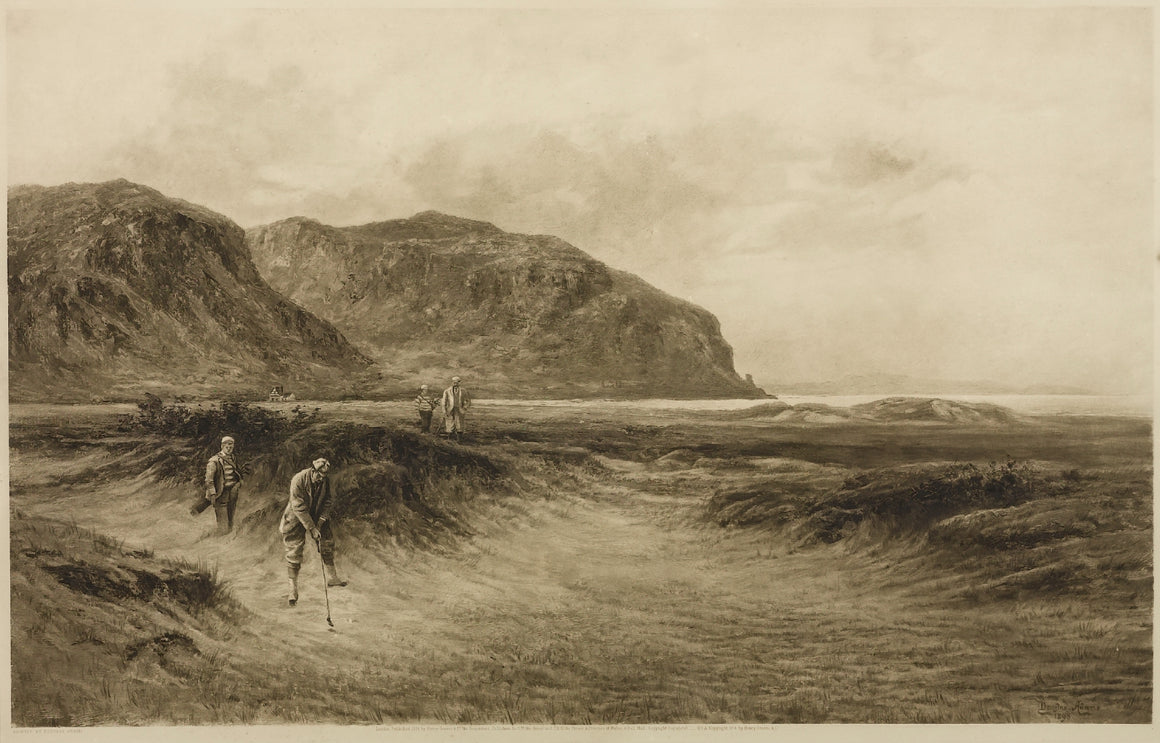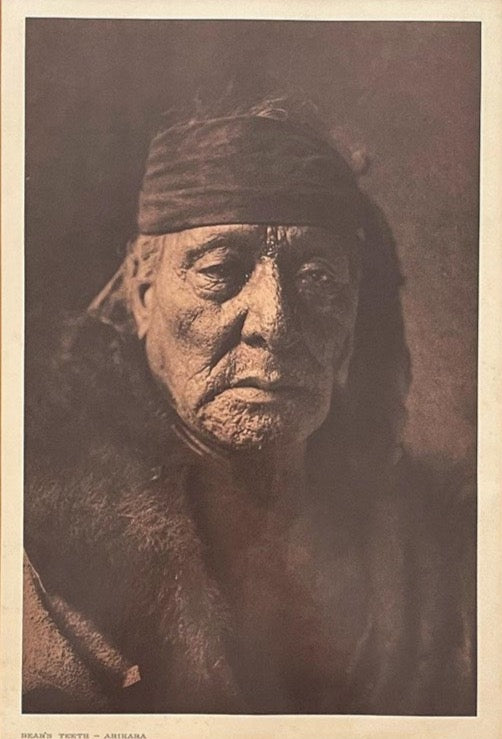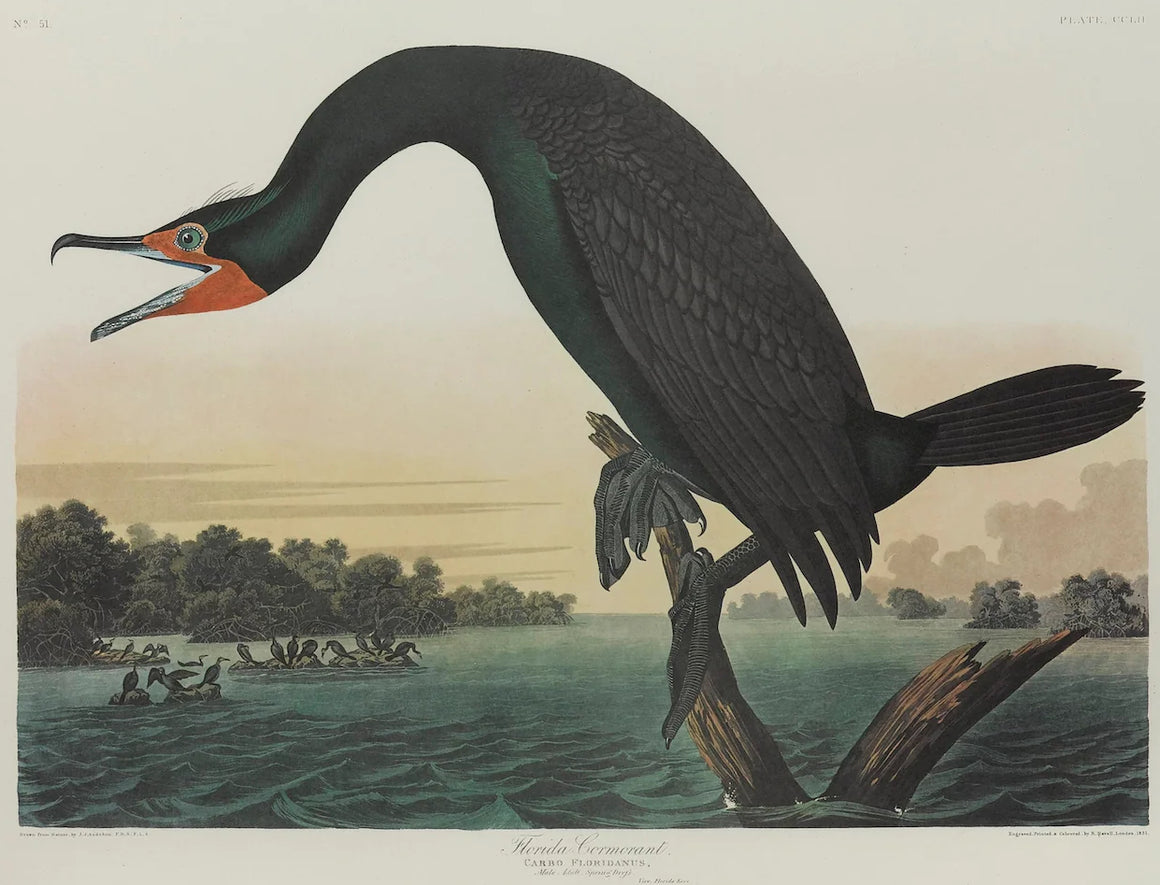Vintage Garden of the Gods Postcards by Hook Photo, 1890
$1,250.00
Presented is a collage of three vintage cabinet card photographs of the Garden of the Gods, in Colorado dating to the 1890s. The sepia toned photographs were published by W.E. Hook View, Stationery and Book Company. The photographs capture views of the Gateway, the Ruins of Montezuma’s Temple, and the park’s iconic rocky formations.
The Garden of the Gods red rock formations were created during a geological upheaval along a natural fault line millions of years ago. Archaeological evidence shows prehistoric inhabitants as early as 1330 BC and Native American use as early as 250 BC. The Utes' oral traditions tell of their creation at the Garden of the Gods and petroglyphs have been found in the park that are typical of early Utes. The Old Ute Trail went past Garden of the Gods to Ute Pass and led later explorers through Manitou Springs.
Sixteenth century Spanish explorers and later American explorers and trappers traveled through the area, including Lieutenant John C. Frémont and Lieutenant George Frederick Ruxton, who recorded their visits in their journals. In 1879, Charles Elliott Perkins purchased 480 acres of land that included a portion of the present Garden of the Gods. Upon Perkins' death, his family gave the land to the City of Colorado Springs in 1909, with the provision that it would be a free public park. Helen Hunt Jackson wrote of the park, "You wind among rocks of every conceivable and inconceivable shape and size... all bright red, all motionless and silent, with a strange look of having been just stopped and held back in the very climax of some supernatural catastrophe."
A style of photograph first introduced in 1863 by Windsor & Bridge in London, the cabinet card is a photographic print mounted on stiff card stock. The Cabinet card got its name from its suitability of display in parlors, especially in cabinets. It was a popular medium for family portraits and landscapes and many cabinet cards were mailed to friends and family living afar or abroad. Cabinet cards reached their peak of popularity in the 1870s through the 1890s. They continued to be made into the 1900s, albeit less frequently, once traditional postcards became popular.
Between 1877 and 1881, photographer William Edward Hook (1833-1908) traveled and captured scenic vistas throughout Montana and Wyoming, from his home base in Missoula. He then moved to the Pikes Peak area of Colorado Springs and set up his photography studio. Early cabinet cards of his are stamped on the verso with his address "W. E. View Stationary and Book Company, 27 South Tejon St., Colorado Springs, Colorado" and advertise both photography supplies and development, give a list of popular photographs, and boast over "2000 Photographic Views of Colorado scenery, Artistically Colored to Choose From."
CONDITION:
Overall, very good condition. Three vertical sepia albumen photographs, each mounted on a stiff card. Some toning to edges. Approximately 8” x 5" each. Framed Dimensions: 21 1/2" H x 13 1/2" W x 1 1/4" D.
Share:
Related Items
Antiques
American-Made Goods
News & Updates
Sign up to get the latest on sales, new releases and more …
© 2024 The Great Republic. All Right Reserved.














